"China Tea Dictionary" · Edited by Chen Zongmao
Liubao Tea
Tea plant sexual lineage variety. Shrub type, medium leaf category, early ripening species. Originally produced in Liubao Township, Cangwu, Guangxi, also distributed in neighboring areas such as Mengshan and Zhaoping. The tree posture is open with dense branching. Leaf shape is elliptical, leaf color is green, leaf surface is flat or slightly raised, leaf body is flat, leaf texture is medium. Bud leaves are light green, rarely purple, with little hair, strong tenderness retention, the weight of 100 buds with one bud and three leaves is 46.0 grams. Flower crown diameter is 3.9 cm, petals 6-8, ovary hairy, style 3-lobed. Fruit diameter 1.5-3.4 cm, seeds black-brown, seed diameter 1.0-1.5 cm. Medium yield, strong cold and drought resistance. Spring tea with one bud and two leaves contains amino acids 3.0%, tea polyphenols 32.4%, caffeine 4.4%, total catechins 14.4%. Suitable for making "Liubao tea", with a pure and refreshing aroma. Suitable for planting in the Guangxi Liubao tea area.
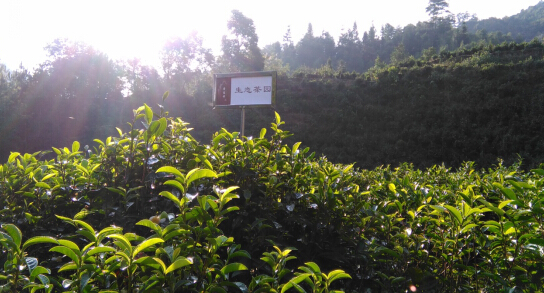
Some books mention that Liubao tea plants were introduced from Hunan over 200 years ago, but the editor believes this is unfounded. According to the authoritative recognized evolution path of tea plants, Yunnan is adjacent to Guangxi, and tea plants underwent geographical changes via Guangxi's accessible river waterways. Moreover, northwestern Guangxi is part of the center of tea plant origin. Additionally, the "Xiangzhou" mentioned by Tea Sage Lu Yu in "The Classic of Tea" is adjacent to Wuzhou, and Wuzhou has long been a major force in Guangxi's tea production. Furthermore, the Liubao tea trees in the tea mountains today, some 700 to 800 years old, are the best proof. As mentioned in "[The Beauty of Liubao · Grand Lecture] Liubao Tea Plant — (I) The Origin of Liubao Tea Plants", tea trees took root in Liubao's land, integrating with the local environment, climate, soil, etc., gradually evolving into the local unique variety—the original species Liubao tea.
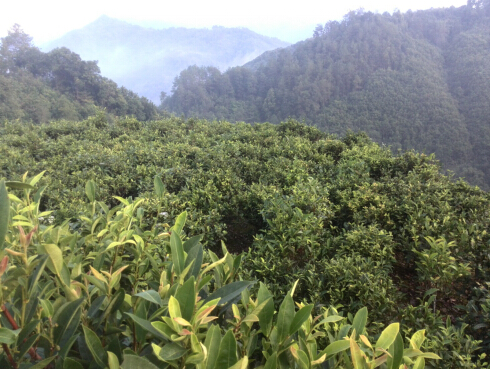
During the Ming and Qing dynasties, Liubao tea became a daily favorite among Lingnan people due to its significant effects on dampness removal and intestinal regulation. The cultivation of Liubao tea spread across more than 20 counties in Guangxi, and it was also planted in areas along both banks of the Xijiang River Basin in Guangdong.
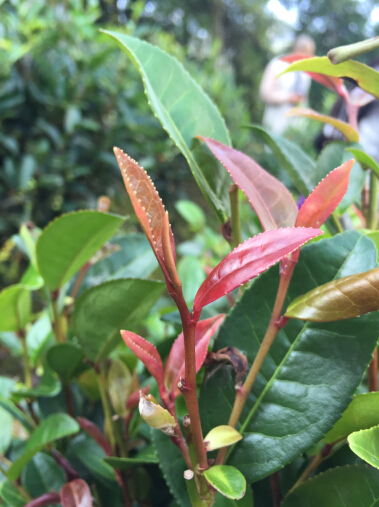
After thousands of years of evolution, Liubao tea has developed characteristics of preferring warmth, humidity, shade tolerance, cold resistance, and acidic soil. Being a population variety, it often includes several different types within the same population, such as bud leaf colors in white, green, red, and purple; leaf shapes like long leaf, elliptical, bamboo shoot tip, rice broken, etc. Next, let's get to know the different variety classifications of Liubao tea through pictures.
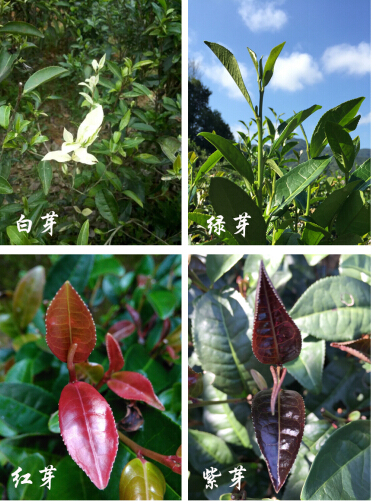
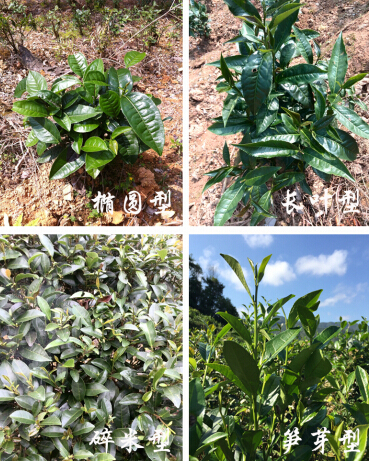
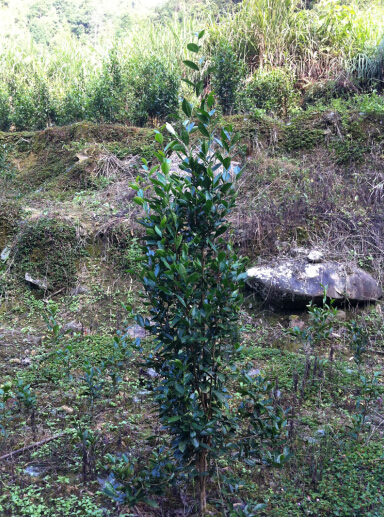
↑Unpruned original species Liubao tea tree. It takes two years from sowing to grow to two meters in height.
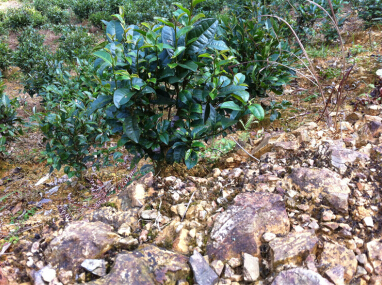
↑ A ten-year-old original species Liubao tea tree, during which tea farmers have been picking and pruning it continuously.
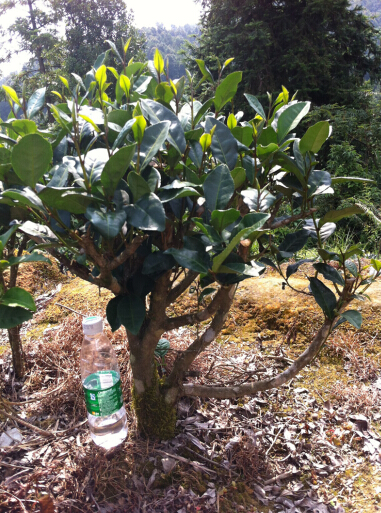
↑ Liubao tea tree growing on a gravel slope.
The article was compiled by Guangshengxiang based on relevant historical materials and the 300-year records of Guangshengxiang, and can only be considered as a basic knowledge普及 article on Liubao tea. The article is public, and its content can be regarded as a public resource. Therefore, welcome any corrections and guidance! Also welcome various reprints, various "plagiarism," and direct transfers of the original text; whether the source is cited or not is entirely at your discretion.